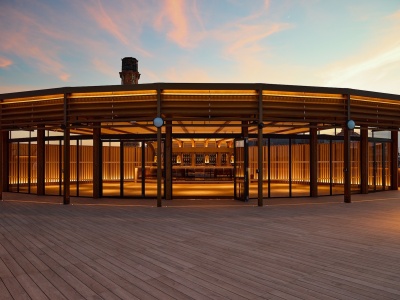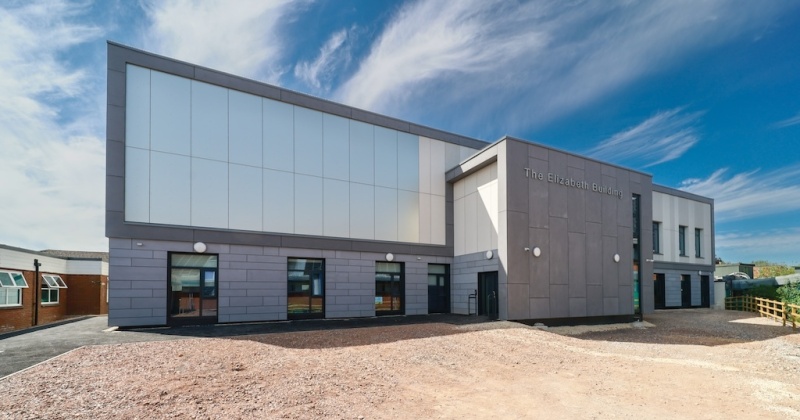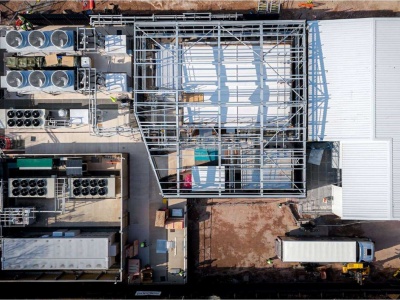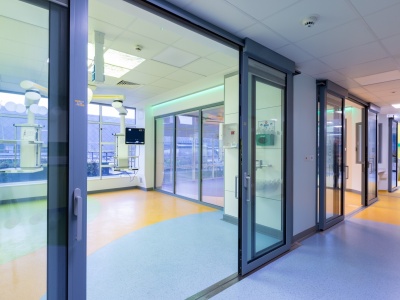
Building a net zero enabled ward block at Salisbury District Hospital

Building a net zero enabled ward block at Salisbury District Hospital
By Chris Stokes, Director
In this project our team worked with Salisbury NHS Foundation Trust to design and deliver a ward block that not only met healthcare needs but also embodied the Trust’s sustainability aspirations.
Going beyond to deliver sustainable healthcare
The goal was to create a 24-bed ward block that was environmentally responsible and met patient and clinical needs. We provided our 1 Team solution, bringing blended expertise and experience of the healthcare industry to ensure the project went beyond simply building a facility.
Tackling unique challenges
Salisbury District Hospital has a unique history - much of its southern side was built in 1942 by the United States Army to care for American troops during the Second World War. These single-storey, brick-built wings, connected by a central corridor, still form part of the estate today providing healthcare services to the community.
To make space for the new ward block, we needed to consider the potential demolition of two of these original structures. This required sensitive planning, balancing the respect for history with the pressing need for modern healthcare facilities. Alongside this, we faced a non-negotiable priority: embedding sustainability at the heart of the design and construction process.
Our solutions
The team delivered a two-storey structure positioned along the hospital’s central corridor, linking the main building with the older blocks. Inside, the ward was a mix of four-bed bays and single rooms and a first-floor plant room to support operations.
To align with the Trust’s sustainability goals, we embraced a Fabric First approach. This enabled us to deliver a Net Zero Carbon Enabled Operational Energy Building with a BREEAM Excellent rating, fully in line with both the Trust’s aspirations and the Wiltshire Core Strategy of 2015.
Key measures included:
- Enhanced thermal performance to reduce energy demand.
- Integration of air source heat pumps to replace fossil fuel reliance.
- Installation of photovoltaic panels to generate renewable electricity on-site.
Outcomes
The completion of this scheme marks more than the delivery of a new ward; the building stands as a testament of what can be achieved when clinical need and environmental responsibility are brought together through innovation and collaboration.
For us as a team, this project is a good example of what construction can contribute to healthcare: enabling modern, high-quality patient care while building for a sustainable future.

